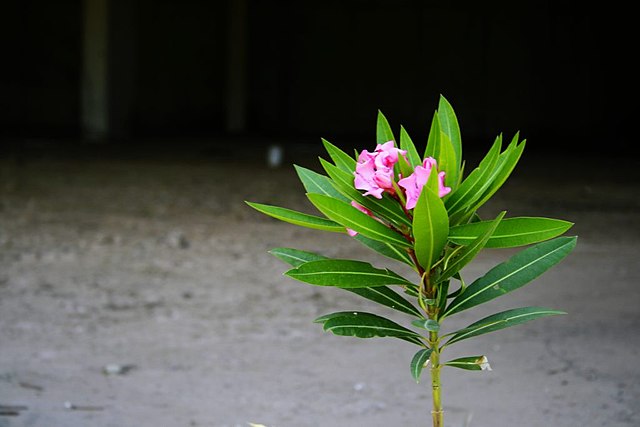On several different occasions while I was growing up, I remember my mother remarking, “I just love Indian children. They are so well behaved!” At the time, I just shrugged my shoulders. My mother was a teacher at the time, and I was a neurotic adolescent. So, while she had pretty strong opinions about teaching and child-rearing, I mostly had no opinions at all.
I could imagine groups of clean, smiling Indian children, trying their best to be polite. It fit the stereotype. My mother’s remark made a certain sense, even though it rankled a bit. Even then, it seemed wrong to predict someone’s behaviour based entirely on their race.
I also remember when I first met my husband at university. We would often engage in these long, philosophical discussions in my dorm room, and on one particular occasion, I made a comment about all Asians being good at math. Mike bristled, which surprised me at the time. “Not all Asians are good at math,” he told me. “That’s just as ridiculous as saying that all Caucasians are good at math.”
I didn’t quite get it. All the Asian people I knew were good at math (although, admittedly, I didn’t know many). What I didn’t understand at the time is that there could be many different reasons for Asians shining in the classroom.
For one, most Asians who immigrated to North America in the late 50’s and early 60’s (as his parents did), tended to be the best and brightest. They won scholarships to attend university in North America, so it’s natural that their kids might be particularly bright as well. That doesn’t necessarily mean that all Asians everywhere share this same talent, though.
Secondly, and the focus of this particular blog: the kids of many Asian immigrants were often forced to be good at math through repeated beatings and scathing verbal abuse. They were the best and brightest because their parents simply wouldn’t accept anything less.
You might recall a popular book published in 2011 called Battle Hymn of the Tiger Mother by Amy Chua. It became a best-seller because it promoted the idea that if you wanted your kids to succeed, you needed to push them hard. Everybody wanted their kids to succeed like Asian kids, so a lot of mothers took Chua’s advice and strived to be Tiger Moms too.
But at what cost? As it turns out, the lives of those Asian immigrant kids was not so great. Now that these kids have reached middle age, they are starting to speak out about their experiences, and this is the subject of Stephanie Foo’s incredible book, What My Bones Know, a memoir of her struggle to overcome complex PTSD as a result of her parents’ excessive discipline when she was growing up.
In the book, Foo describes how her mother would beat her with chopsticks, a tennis racket, a plastic ruler, a wire hanger – anything she could get her hands on – and often for the smallest reasons, like putting her foot up on a chair. Or opening up the plastic wrapping on a copy of People magazine before her mother could read it. Or failing to say she was sorry about any number of things, depending on her mother’s mood of the day. She was regularly told she was useless, ungrateful, and ugly. She was hurled down the stairs by her ponytail, kicked mercilessly, or threatened with a raised cleaver at her wrist, or her neck.
My husband tells similar stories. He was beaten regularly with the rubber Hot Wheels tracks many of us played with as children. When those weren’t immediately at hand, he was also just plain slapped or hit. He was told he was stupid, lazy, and useless. He was also waterboarded: held upside-down with his nose directly under a running tap. On some occasions, his father would strip him naked and then lock him outside the house for an indeterminate amount of time, even during the coldest days of February. When I asked how old he might be when this kind of punishment occurred, he said about 7 or 8.
Those Indian kids who my mother thought remarkably obedient and polite probably acted that way because they’d be beaten savagely if they didn’t. Those Asian kids who got high marks and achieved first place in every mathematics competition likely faced severe punishment if they failed. It shines a different light on all that good behaviour, on all those spectacular successes.
What I like about Stephanie Foo’s book is that, while she doesn’t shy away from showing the abuse, she also strives to understand why her parents did it. She knows the pressure they felt to succeed, having sacrificed so much to get to North America. She knows the traumatic pasts they were often escaping. Her parents had hard lives. They took it out on their kids. It’s incredibly sad, but also incredibly human.
So, what does all this mean? I guess it means that you should never assume someone else has it easier than you unless you’re able to walk a mile in their shoes. I think it also means you should try to appreciate all the good things you have in your own life. You might not get the highest marks in school, or the job promotion at work, but at the very least, you know your parents care about you (at least I hope you do!) Many Asian kids didn’t have that same assurance, and they still suffer because of it.



